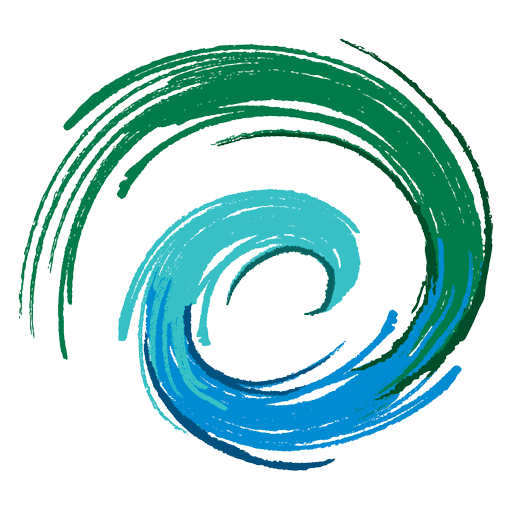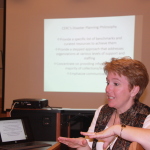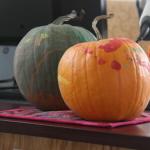Ellen Dyer paid us a visit to present information about CERC Maine. CERC Maine, the Cultural Emergency Resource Coalition, initiated by the Maine State Museum, is here to help Maine’s cultural organizations – libraries, museums, archives, historic houses, and other keepers of our cultural heritage – plan for and recover from disasters. SIES will take advantage of this free opportunity to have facilitators visits the island next spring to help us write a disaster plan. Other cultural organizations and the town have been invited to take part with us.
Children’s programs have been scheduled for the school year. After school on Tuesday, grades 3-5, and Wednesday, K-2, students can come to the library for a variety of activities and story telling. This year we are working with the school to promote 20 minutes of reading every day. Students in all grades at the Swan’s Island School have a 20 minute reading assignment each night. Students who take part in our programming, which always includes at least 20 minutes of reading or being read to, may have their reading charts signed by Chelsea to fulfill the reading assignment requirement.
The SIES Board of Trustees gathered at our annual fall retreat (all the way to the reading room) last Friday, October 10. Great conversation, great food, and great planning were had by all. I really appreciate this hard working team of board members who have the community of Swan’s Island in the forefront of its planning. Go team!
Important project for 2015: The Maine Photo Project. SIES will be taking part in this statewide photography project in 2015. The exhibit we create will be advertised state-wide and be included in the book to be published. The theme for our exhibit will be:
44.1522 Degrees North – 68.4433 Degrees West, Here is Home
In the 1890’s Swan’s island was made up of three separate villages and was home to over one thousand people. Three distinct, diverse villages each sustained schools, stores, churches and businesses. All three villages were home to tough, resourceful people.
From 1890 to 1945 Swan’s Islanders supplied lumber, granite, boats, fish, fish by-products, barrels and clothing. These resources were grown, harvested and made on the island. They were sold not only here but also to consumers on the mainland.
The years from 1890 to 1945 were rich in initiative, strength, humor and commercial success. Fortunately there is much photographic documentation of island life during this time period.
These photographs will be a major part of our first exhibit and our contribution to the book.
We need people to help select images from our history catalog and may need to borrow a few as well. So take a peek at the catalog and other material to be found on the historical society web page. Let us know the number of the image (2013.43.2 is an example). If you have a photograph or other historical material from 1890-1945 that is connected to one of the three villages contact the library or Bev McAloon. This is going to be a great opportunity to present our history to the wider world.


